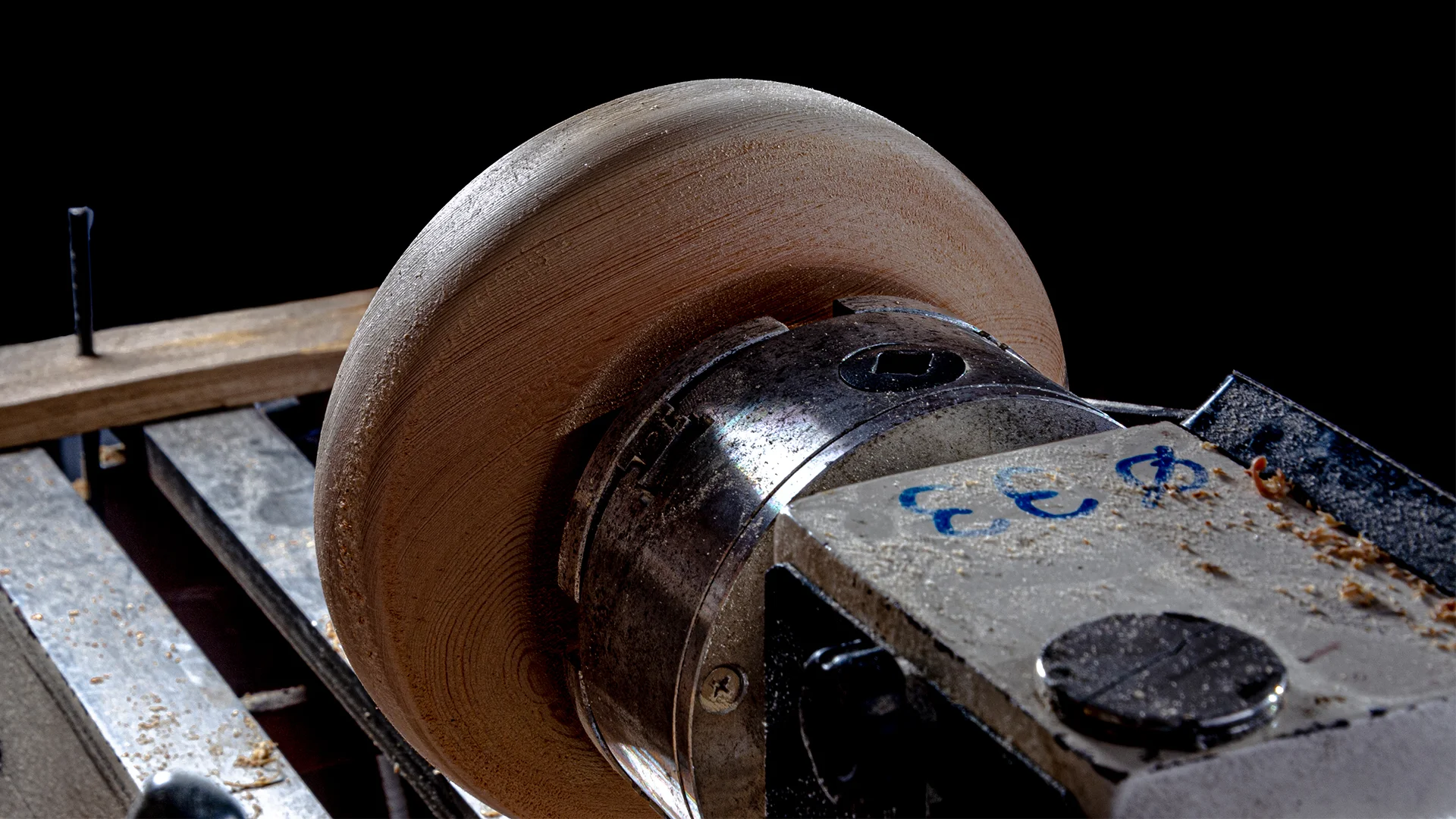
Our Blog
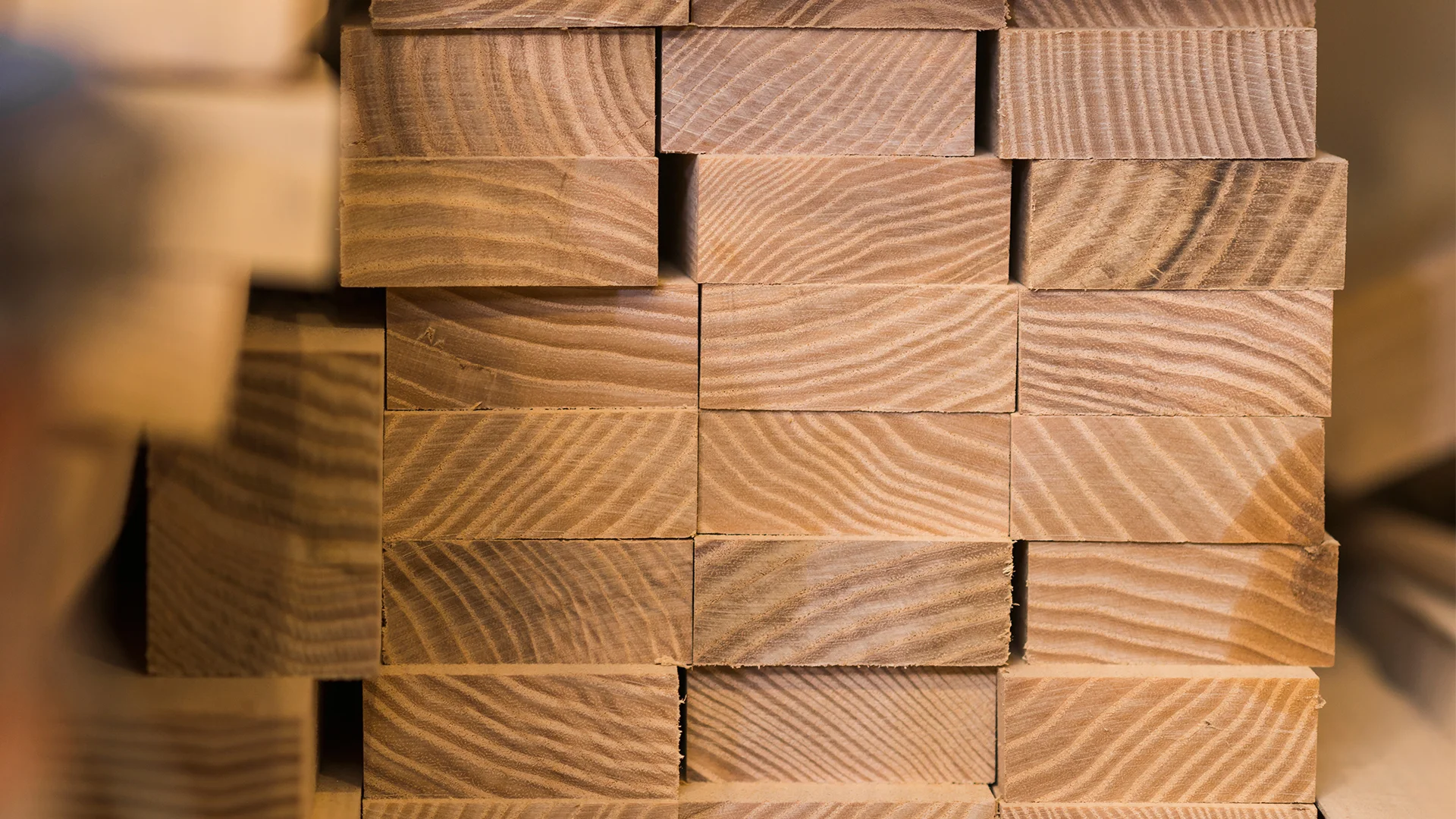
Mastering Climate Control on the Job Site: Essential Tips for Woodworkers to Maintain Wood Quality
The Impact of Climate on Wood
Wood is hygroscopic, meaning it absorbs and releases moisture in response to the surrounding humidity. When the humidity is high, wood absorbs moisture and expands; when the humidity is low, wood releases moisture and contracts. These changes in moisture content can lead to dimensional instability, causing warping, cracking, and changes in the fit and finish of wood projects. Temperature also plays a role, as it affects the rate at which wood absorbs or releases moisture.
To safeguard the integrity and beauty of your woodworking projects, especially in the dynamic environment of a job site, mastering climate control is paramount.
Essential Climate Control Tips for Woodworkers
Maintaining Stable Temperature and Humidity
By diligently managing temperature and humidity, you’ll create a more favorable environment for woodworking, leading to improved project outcomes and reduced risk of wood movement issues.
Temperature Control
- Ideal Range – Maintain a consistent temperature between 60-90°F (15.5-32°C) on the job site.
- Avoid Fluctuations – Sudden temperature swings can cause wood to expand and contract rapidly, leading to warping, cracking, or other damage.
- Climate Control
- Utilize HVAC systems for overall temperature regulation, particularly in larger or enclosed workspaces.
- Use portable heaters during colder months to maintain a minimum temperature, especially in unheated areas or during early morning hours.
- Employ air conditioners or fans in hot weather to keep temperatures from exceeding the upper limit, particularly in direct sunlight or poorly ventilated areas.
- Seasonal Considerations – Pay extra attention to temperature control during seasonal transitions when temperatures can fluctuate significantly.
- Worksite Specifics – Consider the specific characteristics of your job site. If working outdoors, be mindful of direct sunlight and shade patterns. If working in a confined space, ensure adequate ventilation to prevent heat build-up.

For enclosed workspaces, consider employing HVAC systems to maintain a consistent and comfortable temperature.
Humidity Management
- Ideal Range – Aim for a relative humidity level between 30-55% for optimal wood stability.The range given is for the majority of the US but it is largely dependent upon location advice.
- Moisture Meter – Use a moisture meter to track the moisture content of the wood itself. Ideally, wood moisture content should be between 6-10% for indoor projects.
- Humidity Control Equipment
- Use dehumidifiers to reduce humidity levels in damp environments or during humid seasons.
- Use humidifiers to increase humidity in dry climates or during winter months when heating systems can significantly reduce indoor humidity.
- Wood Storage – Store wood in a dry, well-ventilated area to prevent moisture absorption. Elevate wood off the ground to allow for air circulation.
- Acclimation – Allow wood to acclimate to the work environment’s temperature and humidity for at least 72 hours before starting your project. This helps minimize dimensional changes after installation.
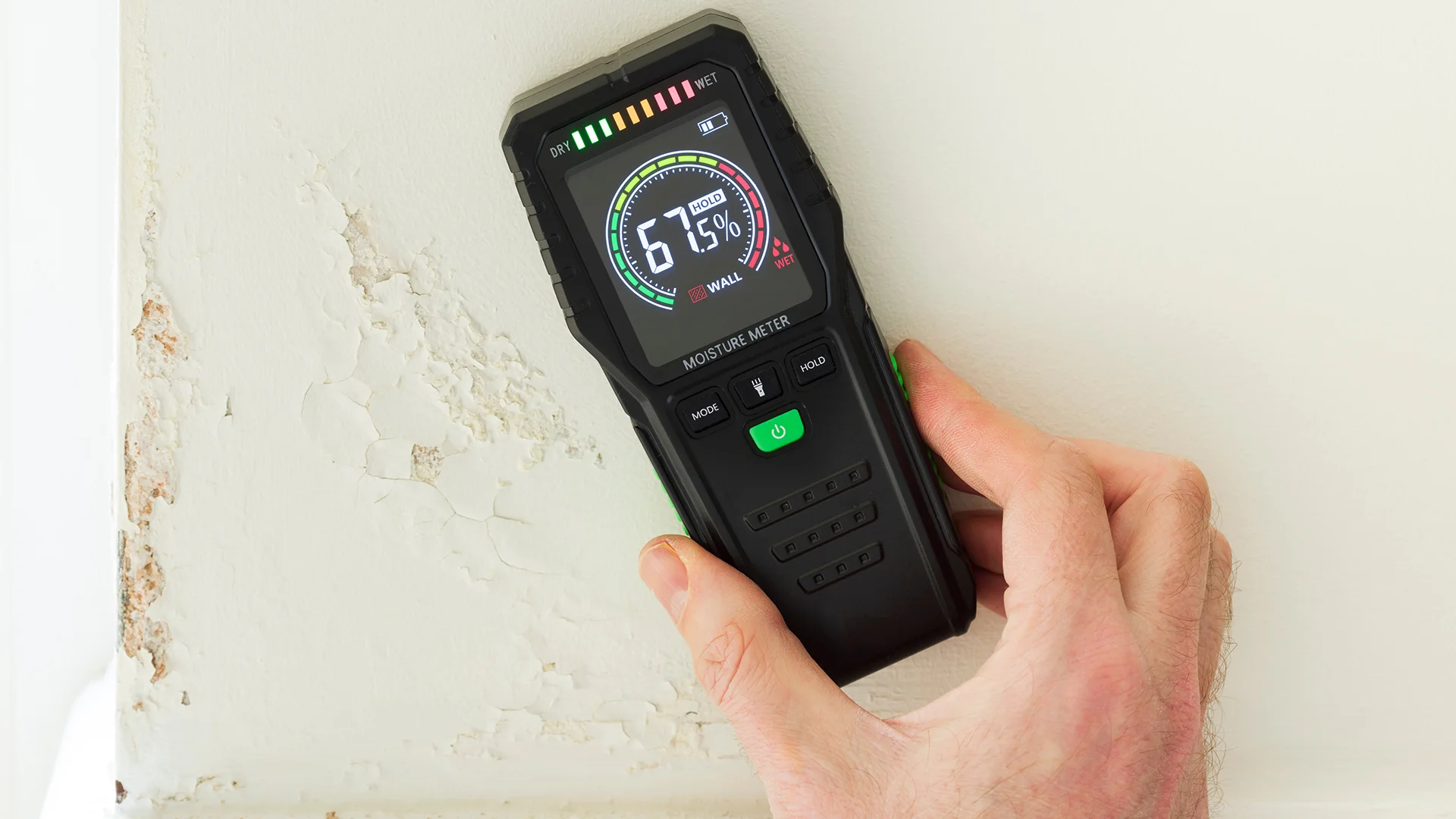
Employ a moisture meter to accurately gauge the moisture content of your wood.
Monitoring & Best Practices
- Regular Monitoring – Consistently monitor temperature and humidity levels throughout the project, especially in enclosed spaces or areas prone to fluctuations.
- Data Logging – Consider using data loggers or smart thermo-hygrometers to track temperature and humidity trends over time.
- Protective Measures – Cover wood materials when not in use to shield them from direct sunlight, rain, or excessive humidity.
- Communication – Maintain open communication with other trades on the job site to ensure everyone is aware of and respects the need for climate control.
Enhancing Wood Protection and Adapting to Your Workspace
By adapting your strategies to the specific conditions of your job site and selecting appropriate wood species and finishes, you can significantly enhance the protection of your woodworking projects and ensure their long-term stability and beauty.
Sealing Wood Surfaces
- Choose the Right Finish – Select finishes that provide adequate moisture protection while complementing the wood’s natural beauty and intended use. Consider factors like durability, ease of application, and maintenance requirements.
- Thorough Application – Apply finishes evenly and thoroughly, following manufacturer’s instructions. Pay close attention to end grain, joints, and any exposed wood surfaces. Multiple coats may be necessary for optimal protection.

Select wood species renowned for their dimensional stability and resilience to fluctuations in your local climate.
Wood Selection
- Local Climate Considerations – Choose wood species that are known for their stability and resistance to movement in your local climate.
- Stable Species – Opt for woods with low shrinkage and swelling rates.
- Expert Advice – Consult with a lumber supplier or woodworking professional for recommendations on suitable wood species for your specific climate and project.
Job Site Adaptation
- Workspace Assessment – Evaluate the unique challenges of your workspace. Consider factors like:
- Indoor vs. Outdoor – Indoor spaces offer more control over climate, while outdoor workspaces are exposed to greater fluctuations.
- Size and Ventilation – Larger spaces may require more powerful climate control equipment, while smaller spaces may benefit from portable solutions. Ensure adequate ventilation to prevent moisture build-up.
- Seasonal Changes – Anticipate and prepare for seasonal variations in temperature and humidity.
- Flexible Strategies
- Temporary Enclosures – Create temporary enclosures or shelters to protect work areas from direct sunlight, rain, or wind.
- Work Scheduling – Schedule tasks that are sensitive to temperature or humidity during optimal times of day or year.

Conclusion
Mastering climate control isn’t just a best practice—it’s essential for crafting woodworking projects that endure. By understanding the profound impact of temperature and humidity on wood and implementing these proactive strategies, you’ll elevate the quality and longevity of your creations. Remember, climate control is an ongoing process, so remain vigilant and adapt your approach as needed.
For woodworkers dedicated to excellence, consider exploring the benefits of a woodworking association membership. Organizations like the Architectural Woodwork Institute (AWI) provide valuable insights, standards, and a community of like-minded professionals committed to upholding the highest standards in woodworking.
By prioritizing climate control and leveraging the expertise available through woodworking associations, you can confidently craft beautiful and durable pieces that will stand the test of time, leaving a lasting legacy of your craftsmanship.
Recent Post

How to Choose the Best Woodworking Compass: Expert Tips and Tricks
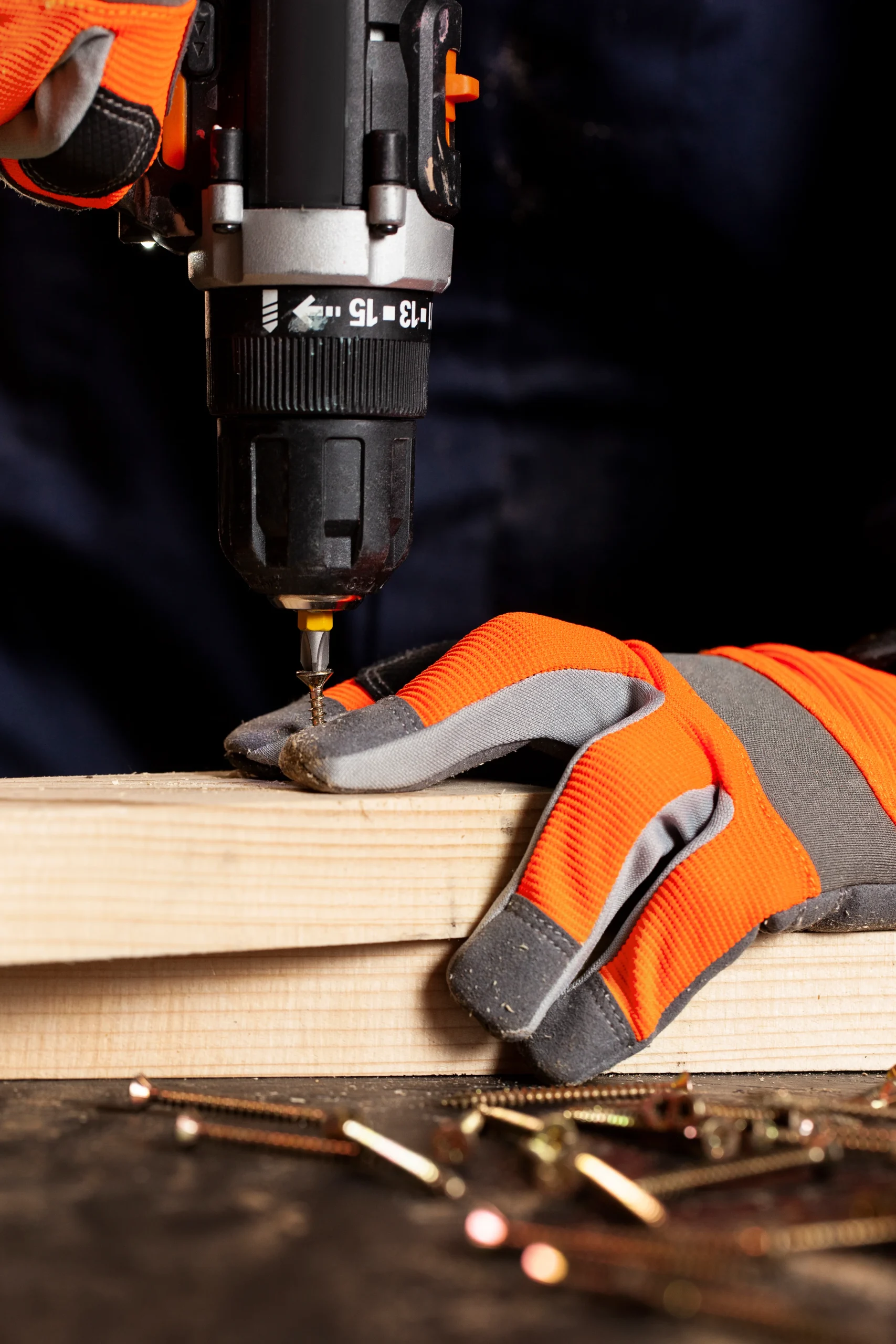
Screw Gun vs Drill: What Every Woodworker Needs to Know

Woodworking PPE Checklist: Are You Fully Protected?
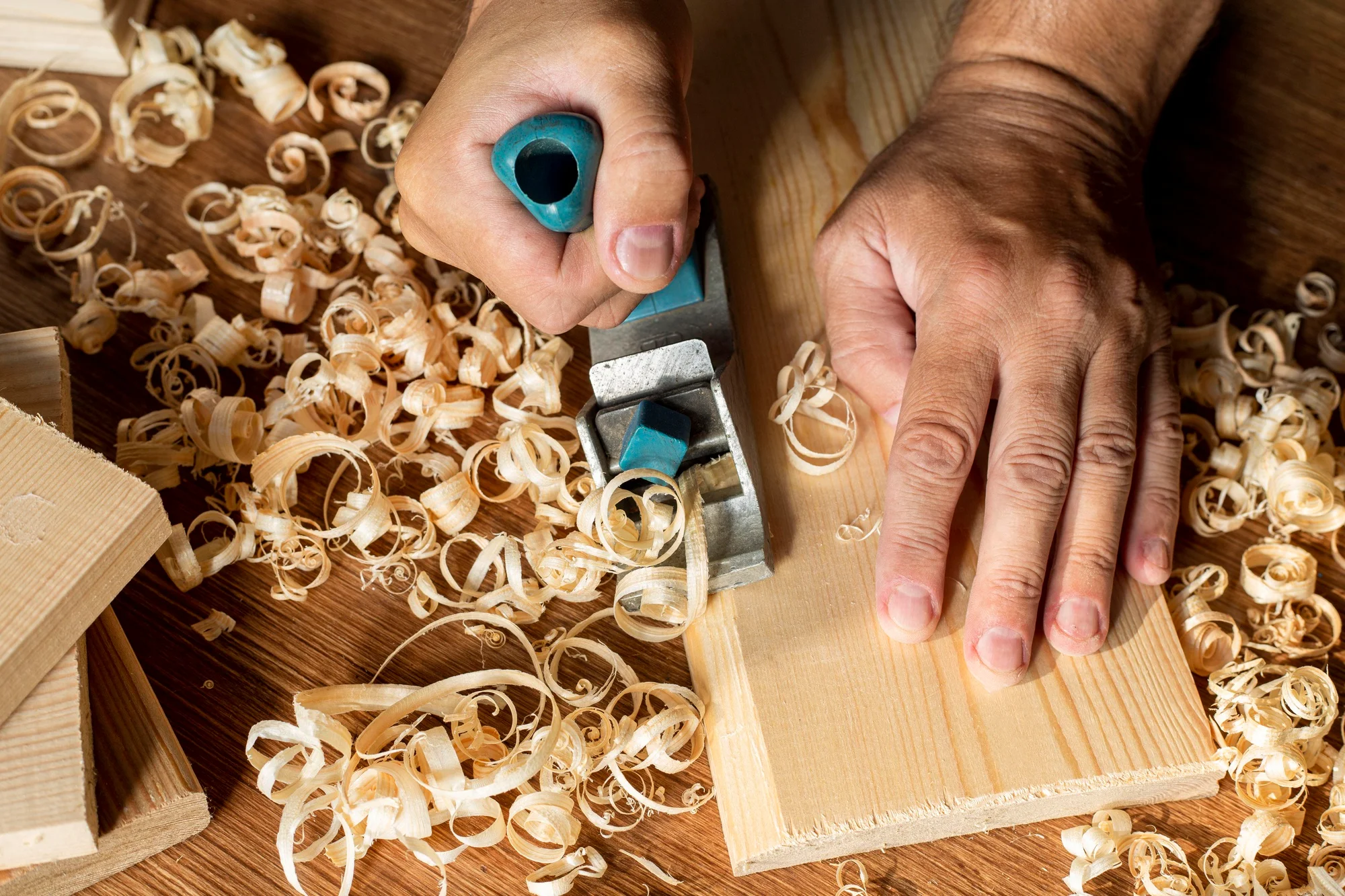
Green Woodworking 101: A Beginner’s Guide to Crafting with Unseasoned Wood
